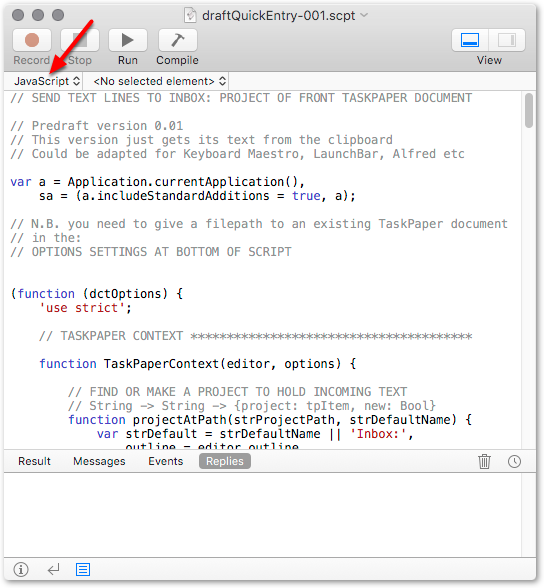

Valid because "and" is in quotes: contains "and" Invalid because "and" is a keyword: contains and To resolve this enclose your the value in quotes. But since "and" is part of the predicate syntax the search will be invalid. Sometimes you might need a value that has special meaning in the search syntax.įor example you might want to search for the word "and". If you want to do a case sensitive search you can also include the s modifier like this: contains John. With the list modifier present the tag value is converted to a list before comparison and will only return matches that contain the list value "John".

Instead to do this use the list modifier and say contains John. (You could search for contains John and that would work in this case, but would also match etc) But that won't work because the tag value is really the string "Jane,John". Both sides of the compare are converted to lists (comma separated) before comparing.įor instance say you have the tag If you want to find all jobs with "John" you might try searching for = John. The date format is described in the Dates reference section. Both sides of the compare are converted to dates before comparing. This means 01 will equal 1, which is not true when doing the default string compare. You can change this behavior by providing a modifier after the relation: = value Relations ignore case differences by default. So for example the predicate = mOOse will match an item whose text is mooSE. The values used when making these comparisons are case insensitive strings. : True if the attribute matches the search term after the search term is converted to a regular expression. : True if the attribute ends with the search term. : True if the attribute begins with the search term. : True if the attribute contains the search term. : True if the attribute is greater than or equal to the search term. : True if the attribute is greater than the search term. : True if the attribute and search term are not equal. : True if the attribute and search term are equal. Relations determine the test that the predicate performs. - Item's type: project, task, or note.These attributes will have values even when there is no associated in the item's text. TaskPaper includes some built in attributes that you can query. If instead you wanted to match all items that have a "status" attribute no matter what the value you can search for just Build in Attributes That search says to look for and match all items that have a status attribute with an associated value of "complete". That item now has an attribute named "status" whose value is "complete".Ĭlick on the "complete" text and notice that TaskPaper sets the search to = complete. But we can test against other attributes too. The examples in this section have all queried the built in attribute. Predicates start with the attribute that you want to test. They are all equal because is the default attribute and contains is the default relation. For example the following predicates are equal: Inbox

Predicates use default values when part of the pattern is missing. The search term gives the value to compare.īut you don't need to repeat that entire pattern every time you want to search for something.
TASKPAPER TAGGING HOW TO
The relation describes how to text for matches. The attribute describes what attribute to search for on each item.
TASKPAPER TAGGING FULL
The full predicate pattern looks like this: Complete the search by typing socks or shoes and the error goes away. or is also a keyword and the search needs to know what else you are search for before it is valid. Socks or – Notice that the searchbar shows an error for this search because the syntax is not complete. This search hides all items that contain the text "sock". This is because it's a keyword that effects the logic of the search. Not socks – Notice that not gets highlighted. Socks – All items that contain the text "socks" (and their parent items) display while the view hides everything else. Search predicates describe what you are looking for. And then refer to it when you need to look up a specific syntax. If you have more complex searching needs skim this chapter to see what's available. If you want to search your entire outline first select "Home" in the sidebar. If you want to limit your search to a particular project select it in the sidebar. TaskPaper searches work on the part of the outline that you have selected project in the sidebar. Looking for socks? Then type "socks" into the searchbar and you will see all items that contain the text "socks".

Most of the time you can just type in the text you are looking for and that's it. The first thing to know about searches in TaskPaper is that you may never need to think about them.


 0 kommentar(er)
0 kommentar(er)
